In a study conducted by the school’s newspaper reporters, 95% of students surveyed said they believe the dress code is a problem. On the other hand, 98% of teachers supported the dress code entirely. This significant difference in opinions prompts the question: Where does the disconnect begin?”
Charles Salas, a student at West Lauderdale, shared mixed feelings about the school’s dress code:
“It would be awesome if we didn’t have dress codes anymore, but unfortunately, some people might not have [the same] integrity or responsibility if it wasn’t enforced.”
WLHS’s dress code consists of basic rules such as:
- Bottoms must be khaki or black.
- No leggings, joggers, or short skirts or shorts are allowed.
- Only solid color red, black, white, brown, khaki, and gray jackets are allowed.
- Tops must be red, black, or white.
While these rules may appear straightforward, confusion arises with the finer details, such as the appropriate length for skirts and shorts, or the specific shades of colors allowed. For example, sophomore Cooper Sellers, who was reprimanded for wearing a burgundy jacket, offers his opinion:
“It was my freshman year and it was well into class and me and the teacher had a difference of opinion. I’m guessing she was acting out of anger and dress-coded me because my jacket was ‘burgundy’ not red. Honestly, I just feel like if we had not had a disagreement she would not have said anything.”
Also, many students do not find it necessary to buy clothes just to wear to school and students who crave variety in their outfits feel stuck buying clothes that they would not wear if it was not for school or just re-wearing the same pieces over and over.
As sophomore Aubree Tew explained:
“Dress codes can sometimes limit how creative you can be with your outfits. It’s like you’ve got a whole closet full of colors and styles, but you can only wear a few of them. It’s a bummer when you can’t express yourself the way you want to, and being able to have a variety lets kids dress more comfortably. It also lets us have more fun and look forward to going to school because they can wear an outfit that boosts their confidence and makes them feel good about themselves.”
If students break the dress code they could be sent to the office, in school suspension, or sent home.
On the opposite side of the argument, teachers strongly support the dress code. Many of them say it is necessary to have a dress code.
Leslie Mason, a teacher at West Lauderdale, shares her perspective:
“I think the dress code is necessary for several reasons. One, it eliminates distractions that students may have regarding their clothing, and also it helps teachers and staff identify who should not be on campus by the way that they’re dressed.”
The implementation of a dress code in schools has been a topic of discussion for many years. As society progresses, it prompts a reevaluation of existing policies, such as school dress codes, to determine their relevance and effectiveness in the current educational landscape.








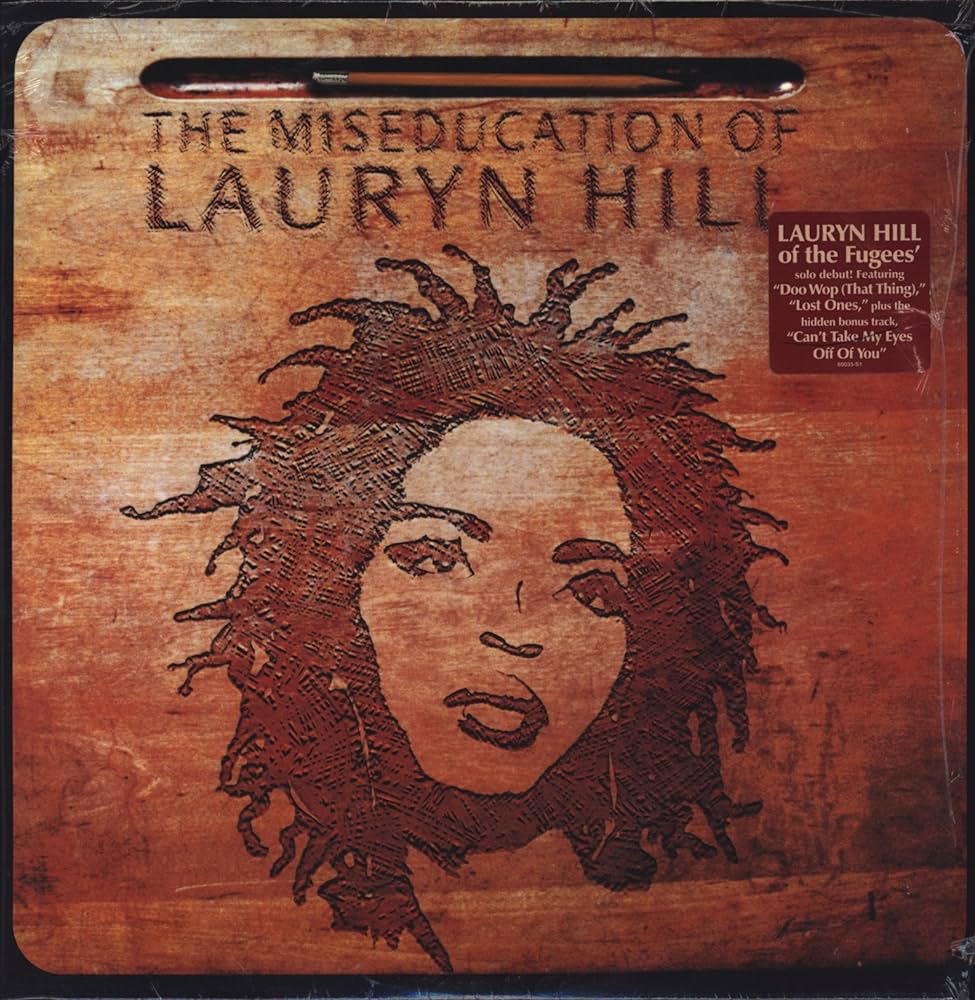







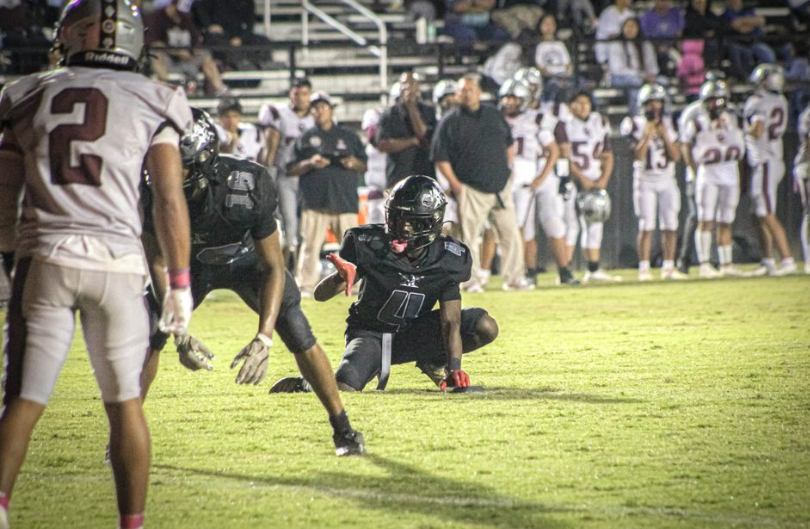

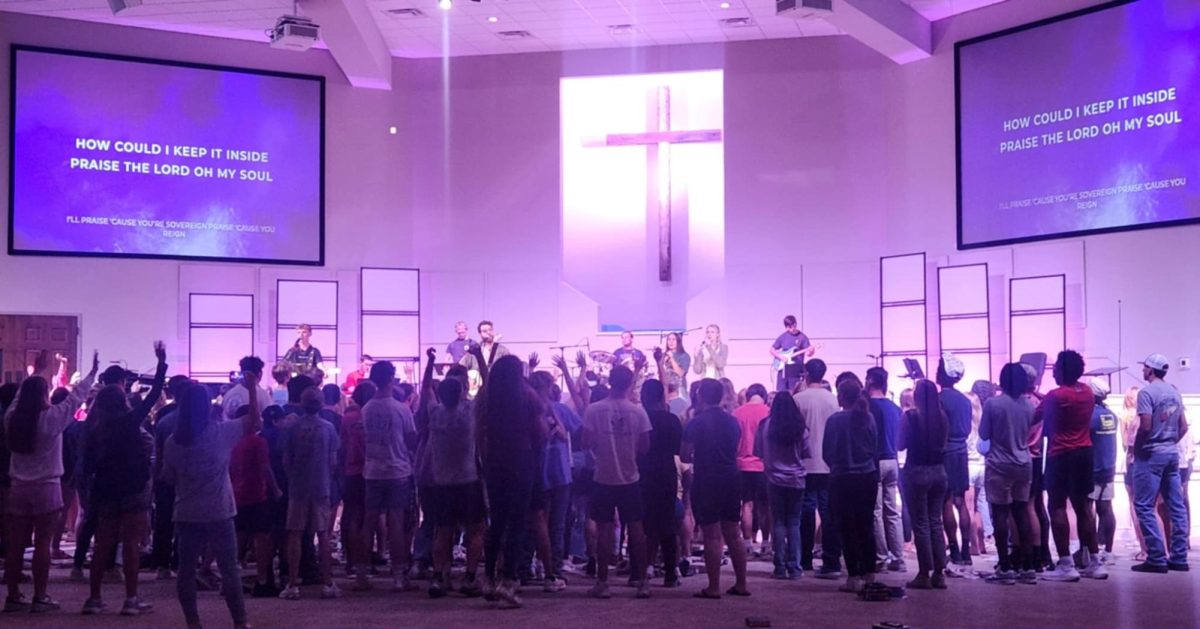
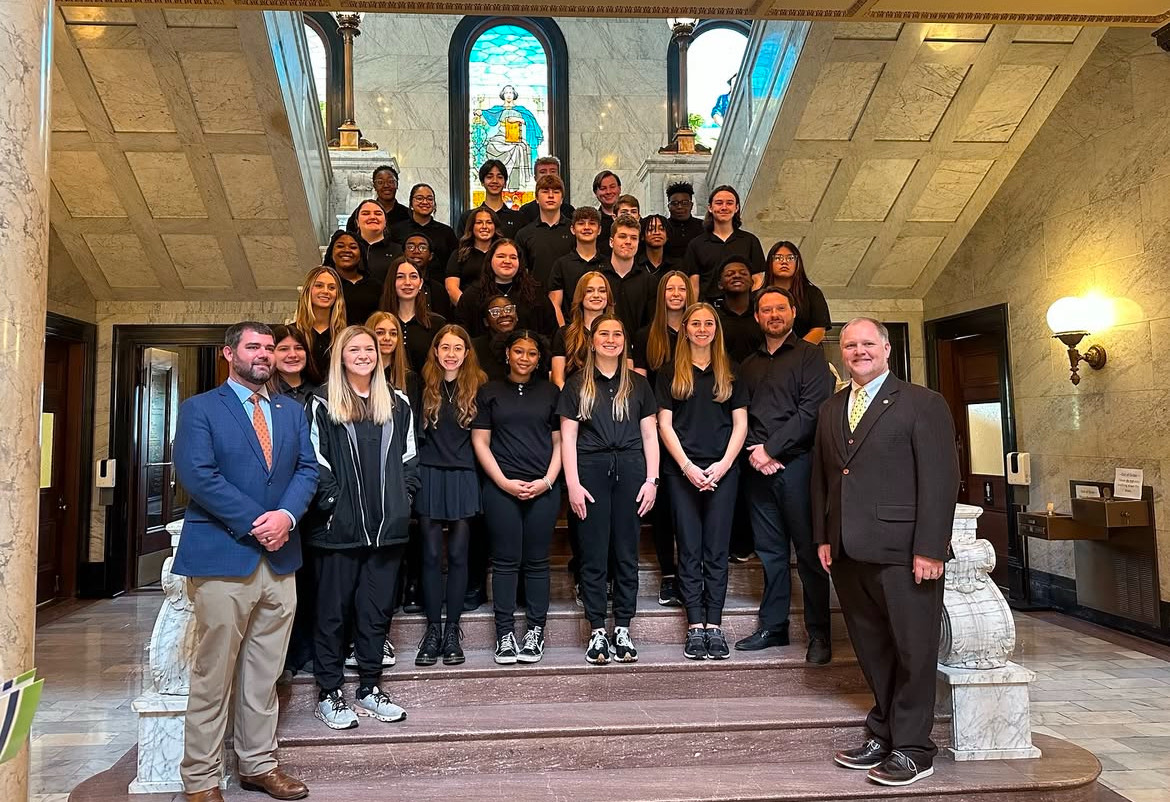


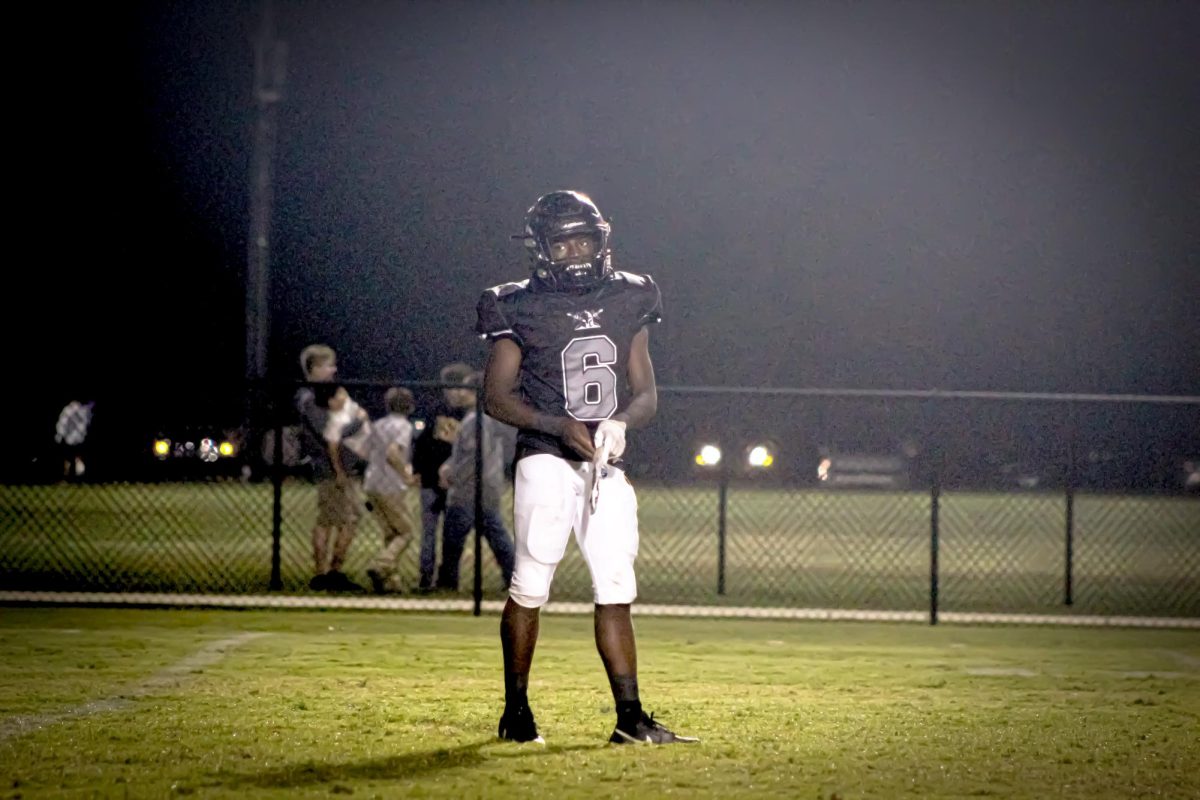




Rhea Garrison • Apr 23, 2024 at 7:09 pm
Those statistics are very telling lol